
What is cellulitis?
The direct translation of this medical term would be the inflammation of the cells, but this term is defined, actually, as the infectious process of the deep layer of the skin, which is medically called dermis and the fatty layer and tissues beneath the skin. This infection is most frequently of the bacterial origin and it starts to show up as a little contusion, since this infection starts when a bacteria comes through the small openings, usually fissures, into the skin.
When it comes to the facial cellulitis, usually the bacteria staphylococcus, streptococcus or MRSA find their way into the deep layers of the skin. Being a skin disease, this condition is not really comprehended as the severe one, but it could be if left untreated.
Why is the facial cellulitis especially troublesome?
However, some people are more likely to be affected by this skin problem and they are the ones that suffer from edema due to disrupted lymphatic drainage, the ulcer located in the leg(s) or the gravitational type of eczema. These conditions usually have the consequence of the skin lesions or cracks, and that is why they often lead to cellulitis. Although this problem usually occurs on the extremities, it could be as well located on the facial skin, and, if it is the case, the effect is much more intense and progressive. Also, most commonly, the cellulitis of the facial skin is the complication or consequence of the regular cellulitis spreading from the nearby parts of the skin.
When we talk about the indicators, the most prominent are, as in the case of any inflammation, the redness (in the shape of narrow and small threads under the skin) and swelling, grouped over the cheeks, especially. These unsightly blemishes are, additionally, itchy and ardent, while the increased temperature of the body, chilling, the pain in the muscular tissue, the urge for throwing up and the decreased willing to eat may as well figure as the following signs of this condition.
Nevertheless, finally, let us say something about the treatment. Logically, the conventional treatment is focused on the therapy by the oral drugs that kill the bacteria. But, since they mustn’t be used more than 14 days, and one of the pointed out characteristic of this infection is its likely recurrence, some other options should follow the traditional treatment. Therefore, one must pay the greater attention on the skin health and the regeneration of the skin lesions, if having any. That is why the consumption of the vitamins and minerals should be increased significantly. Echinacea is very valuable cure.


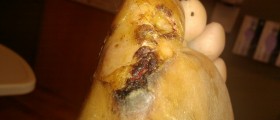


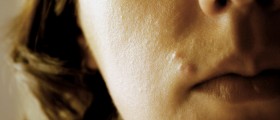




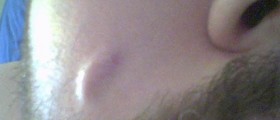

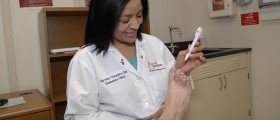
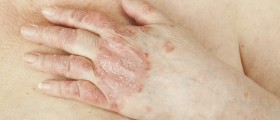

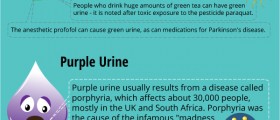
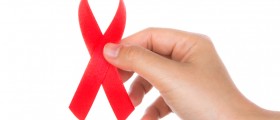
Your thoughts on this
Loading...